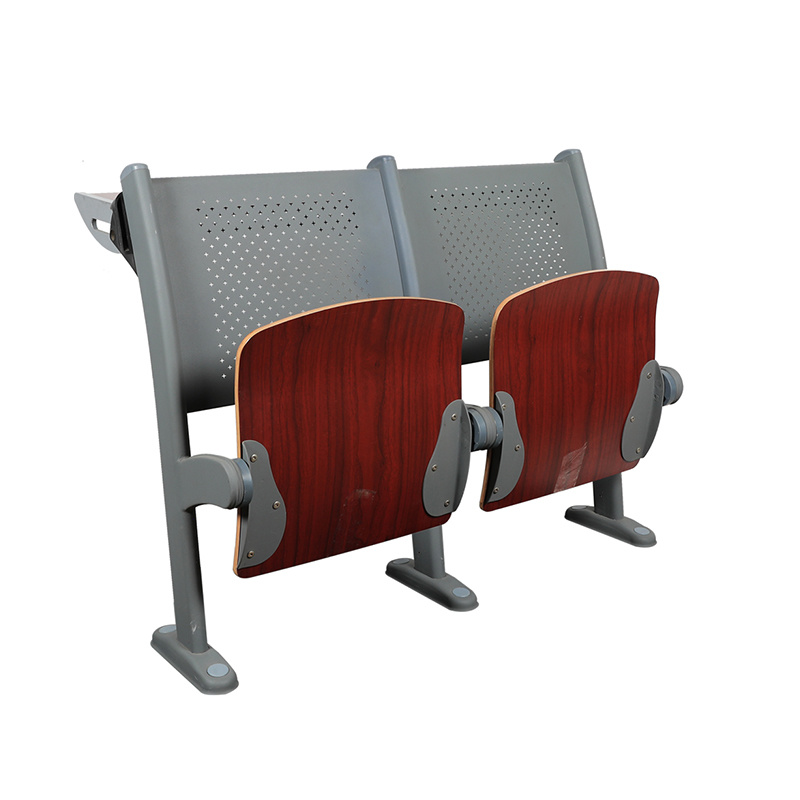Create a Productive Work Environment with Functional Desks and Chairs
Apr 08,2025

Create a Productive Work Environment with Functional Desks and Chairs
Table of Contents
- The Importance of a Well-Designed Workspace
- Ergonomics in Office Furniture
- Choosing the Right Desk for Your Needs
- Selecting Functional Chairs that Enhance Comfort
- Arranging Your Workspace for Productivity
- Accessories for an Efficient Work Environment
- Maintaining a Healthy Work-Life Balance
- Conclusion
- FAQs
The Importance of a Well-Designed Workspace
Creating a productive work environment begins with understanding the significance of a well-designed workspace. Studies indicate that our physical surroundings have a direct impact on our productivity levels and overall well-being. An organized and aesthetically pleasing environment can stimulate creativity and focus, while a cluttered, uncomfortable space can lead to distractions and inefficiencies.
The right combination of **functional desks** and **chairs** is crucial in achieving optimal productivity. When furniture is thoughtfully selected and arranged, it contributes to an atmosphere conducive to work. It also signals professionalism to visitors, reflecting the values of the business.
Ergonomics in Office Furniture
Ergonomics refers to designing workspaces that prioritize comfort and efficiency. When it comes to furniture, ergonomic designs focus on promoting healthy posture and reducing strain on the body. A well-designed desk and chair set can help prevent common ailments such as back pain, neck strain, and repetitive stress injuries.
**Key ergonomic features to look for in office furniture include:**
- **Adjustable height desks:** Allow for both sitting and standing positions.
- **Lumbar support in chairs:** Supports the lower back, promoting proper posture.
- **Soft, breathable materials:** Enhance comfort, particularly during long working hours.
- **Adjustable armrests and seat depth:** Allow users to customize their seating position.
Choosing ergonomic furniture is an investment in health and productivity. With the right ergonomic solutions, employees can work longer and more efficiently without discomfort.
Choosing the Right Desk for Your Needs
Selecting the right desk is pivotal in creating a productive workspace. Desks come in various styles, sizes, and functionalities, each catering to specific needs.
Types of Desks
1. **Traditional Desks:** These are standard desks with a straightforward rectangular shape. They are suitable for those who prefer a classic appearance.
2. **L-Shaped Desks:** Ideal for corner spaces, they offer ample workspace and are great for multitasking.
3. **Standing Desks:** These desks promote a more active work style by allowing users to stand while working. They are especially beneficial for those who experience discomfort from prolonged sitting.
4. **Adjustable Desks:** Similar to standing desks, these can be easily modified to accommodate both sitting and standing positions.
Consider Your Workflow
When selecting a desk, consider your work habits. Do you require space for multiple monitors? Or do you need storage solutions for files and supplies? Make sure the desk you choose suits your daily activities and enhances your workflow.
Selecting Functional Chairs that Enhance Comfort
Chairs are just as crucial as desks in creating a productive work environment. A chair that promotes comfort can significantly impact focus and productivity levels.
Key Features to Look for in Office Chairs
1. **Adjustability:** Chairs should feature adjustable height, backrest angle, and armrests to accommodate various body types.
2. **Support:** Look for chairs with built-in lumbar support to maintain proper spinal alignment.
3. **Mobility:** Wheels and swiveling capabilities enhance ease of movement, allowing for quick access to materials or colleagues.
4. **Material:** Breathable fabrics and cushioning can make extended periods of sitting more comfortable.
Investing in high-quality, functional chairs can lead to reduced fatigue and increased productivity, paying dividends in the long run.
Arranging Your Workspace for Productivity
The arrangement of furniture in your workspace can affect workflow and efficiency. Here are some tips to consider when setting up your desk and chair:
Optimize Desk Placement
Position your desk to face the door or a window. This orientation can improve focus and create a welcoming atmosphere. If you prefer a more private setup, ensure you have easy access to essential resources.
Maintain Clutter-Free Surfaces
Keep your desk clear of unnecessary items. A clean workspace reduces distractions and promotes clarity of thought. Utilize organizational tools such as trays or drawers to store supplies.
Incorporate Natural Elements
Adding plants or natural light to your workspace can enhance well-being and productivity. Greenery not only beautifies the space but also promotes a sense of calm.
Accessories for an Efficient Work Environment
Enhancing your workspace doesn't stop with furniture. Various accessories can contribute to a more efficient and enjoyable work experience:
Desk Organizers
Invest in desk organizers to keep essential items like stationery, documents, and tech gadgets within easy reach, reducing clutter and improving workflow.
Monitor Stands
A monitor stand can help position your screen at eye level, promoting better posture and reducing neck strain.
Task Lighting
Good lighting is essential for productivity. Consider adding a desk lamp that provides adequate illumination without straining your eyes.
Noise-Canceling Headphones
In a busy office environment, noise can be a major distraction. Noise-canceling headphones can help create a focused atmosphere, allowing for deeper concentration.
Maintaining a Healthy Work-Life Balance
A productive work environment goes beyond physical space; it also includes mental and emotional well-being. Maintaining a healthy work-life balance is crucial for long-term productivity and satisfaction. Here are a few strategies to consider:
Set Boundaries
Establish clear boundaries between work and personal time. Communicate your availability to colleagues and ensure you take breaks throughout the day.
Incorporate Movement
Make it a habit to stand, stretch, or take short walks during breaks. This helps reduce fatigue and boosts energy levels.
Pursue Hobbies
Engaging in hobbies outside of work can refresh your mind and provide a necessary escape from work-related stress.
Conclusion
Creating a productive work environment with functional desks and chairs is not merely about aesthetics; it is a critical factor in enhancing productivity and well-being. By understanding the importance of ergonomics, selecting the right furniture, and arranging your workspace thoughtfully, you can foster an atmosphere that promotes focus and efficiency. Remember to incorporate accessories that enhance your work experience and maintain a healthy work-life balance for long-term success.
FAQs
1. What are the key features of an ergonomic chair?
An ergonomic chair should have adjustable height, lumbar support, adjustable armrests, and breathable material to provide comfort and promote good posture.
2. How can I improve my workspace's aesthetics?
Consider adding plants, decorative storage solutions, and personal items that inspire you. Maintaining a clean and organized desk also enhances visual appeal.
3. Is standing desk better than sitting desks?
Standing desks can reduce the risks associated with prolonged sitting, but the best option is a desk that allows for both sitting and standing positions.
4. How do I keep my workspace organized?
Use desk organizers, minimize clutter, and regularly assess what items are essential to keep your workspace tidy and efficient.
5. What accessories should I consider for my workspace?
Consider adding desk organizers, monitor stands, task lighting, and noise-canceling headphones to enhance functionality and comfort in your workspace.
Contact Us
E-mail :
skzy@kangdi.cn
Service Hotline:
+86-400-0312-699
Address:
Xiongzhou Private Science and Technology Industrial Park, Xiongxian County, Hebei Province








